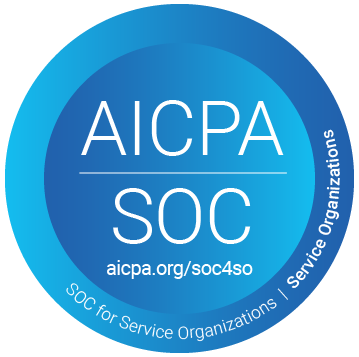Data Security and Compliance Management
Data security is the practice of preventing illegal access, disclosure, alteration, or destruction of digital information throughout its lifecycle. To protect data from potential threats including hackers, viruses, physical theft, and unintentional loss, it entails putting in place a framework of safeguards, policies, and technology.
Data security is especially important in the insurance industry where information is highly sensitive and includes medical and financial records.
Cybersecurity compliance management is the process of monitoring and assessing systems, devices, and networks to ensure they comply with regulatory requirements, as well as industry and local cybersecurity standards.
So in this article we are going to explore the best practices for data security in compliance management and how to best protect your data and your interests.
Why are Compliance and Security Important?
Compliance is critical for many reasons — trust, reputation, safety, and the integrity of your data — but it also affects a business’s bottom line. Noncompliance is considered the top factor that amplifies the cost of a data breach.
When companies are noncompliant their breach costs include fines, penalties, and lawsuits. For this reason, organizations that are out of compliance in highly regulated industries — like healthcare, energy, and finance — tend to experience these additional costs long after the breach has happened.
What are some best practices for security compliance?
Good security compliance is about more than avoiding fines, or even attacks.
When an organization is on top of security compliance, they’re often on top of good data management practices as well. They’re able to keep track of sensitive assets, they know if they’re keeping identifiable personal information about customers, and they often have a plan in place in case a breach does occur.
The following are some best practices to help your organization improve its security compliance management, no matter what regulations you have to comply with:
Build a cybersecurity compliance plan
Compliance doesn’t happen on its own; the best way to stay compliant is to create a plan that gets your IT, security, and compliance teams on the same page. A plan should include the list of standards you’re expected to comply with, and a thorough risk assessment.
Make sure your teams are communicating
Cybersecurity compliance can be tricky if your teams are siloed. IT or your security team is on the front line when it comes to breaches, attacks, and solutions to prevent breaches. They may, however, not be up on the finer points of compliance and regulatory standards. The same goes for your compliance team, who may know the regulations but may not understand the technology involved. Make sure they’re talking to each other, so they can keep your organization up to code.
Use automated tools
As your organization scales, it can be hard to manually keep track of your infrastructure – and that can affect your ability to stay in compliance. By automating tasks, you can make business processes more efficient and more consistent.
Update often
A patching schedule is critical; criminals know when patches are released and count on organizations to delay or miss their patching schedule. By applying patches, you’ll keep your systems up to date, and boost security, performance, and compliance.
Monitoring continuously
Threats are constantly evolving, and those new risks inform changes to regulations and standards, so it’s important to be aware of your infrastructure and the specific risks that affect your data and networks. This can be difficult if you’re using distributed environments across multiple platforms; you may have a hard time getting a complete picture of your environment and any risks and vulnerabilities that might be present. The more complex a system is, the more difficult it can be to monitor that system.
SmartCompliance, a tool for compliance that ensures security
Eventhough security is a difficult subject, it needs to be constantly reviewed and updated. Security plans are vital but so is up to part software security. In SmartCompliance, information is kept in the cloud making it already more secure than on-premises systems.
At the same time, SmartCompliance observes the best practices for preserving information. But instead of taking our word for it, see it for yourself.


